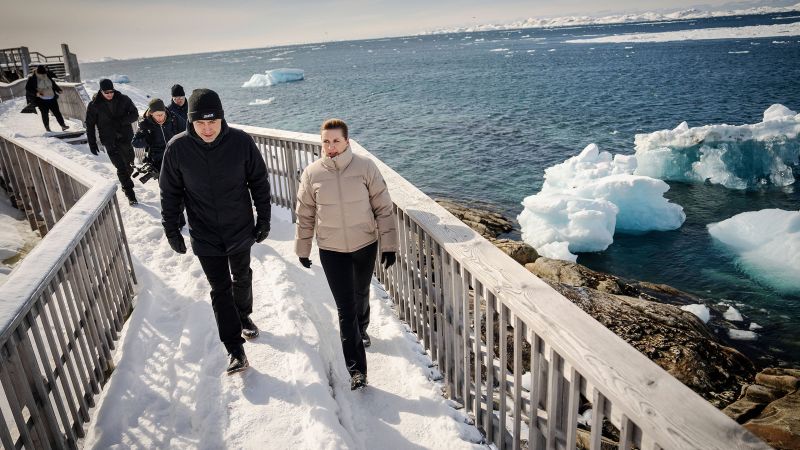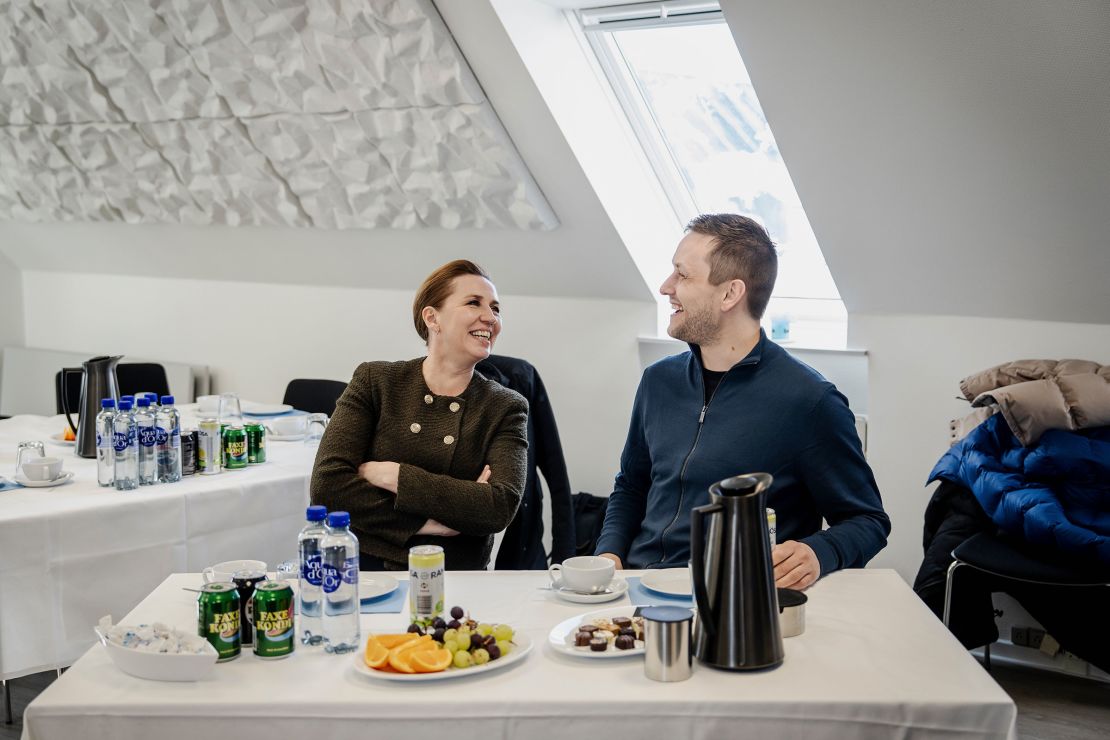CNN
—
One of the largest rounds of conscription to Russia’s military for several years is underway, as President Vladimir Putin pushes ahead with an expansion of the country’s military at a crucial moment in the war in Ukraine.
Putin signed a decree authorizing the latest phase of the country’s twice-yearly conscription effort, with the new window beginning Tuesday and running until July 15.
It will see 160,000 men between 18 and 30 join Russia’s armed forces – an increase of 10,000 on last year’s spring drive, and a rise of more than 15,000 compared to three years ago, according to Russian state media outlet TASS.
The conscription push is not new, and TASS reported that the rise is caused by Putin’s efforts to increase the size of Russia’s military as a whole; the country had 1 million military personnel three years ago, but now has around 1.5 million.
But the new push also comes at a vital crossroads in Russia’s war in Ukraine. Moscow has been relying on assistance from North Korean soldiers to push back Kyiv’s advances in the Kursk region of Russia, and has been steadily advancing on the ground in eastern Ukraine, while the US attempts to broker talks that would end the conflict.
Russian law prohibits sending conscripts drafted for mandatory service to active combat zones without proper training. While the official stance is that conscripts are not sent to Ukraine, reports have surfaced of conscripts being pressured or misled into signing contracts that result in their deployment to the front lines in Ukraine. Others found themselves under attack when Kyiv launched its surprise incursion into Russia’s Kursk region in August 2024.
Russian troops have continued sustained attacks in the Pokrovsk area of Donetsk in recent weeks, and have launched aerial assaults against Ukrainian cities, even while discussions with the US continue.
Senior Russian negotiator Kirill Dmitriev is meanwhile expected to visit Washington this week to meet with top Trump official Steve Witkoff for talks on strengthening relations between the two countries as they seek to end the war in Ukraine, according to a US official and two sources familiar with the plans.
His visit will mark the first time a senior Russian official has visited Washington, DC, for talks since Russia invaded Ukraine in 2022 and marks a further step in the marked warming in relations between the two countries since President Donald Trump returned to office in January.
Trump acknowledged in an interview with Newsmax last week that Russia may be “dragging their feet.”
Putin not only rejected Trump’s recent call for an immediate ceasefire in Ukraine but also added conditions – including the lifting of US sanctions – for a ceasefire on fighting in the Black Sea after last week’s latest negotiations wrapped up and the moratorium had been announced by the White House.






























